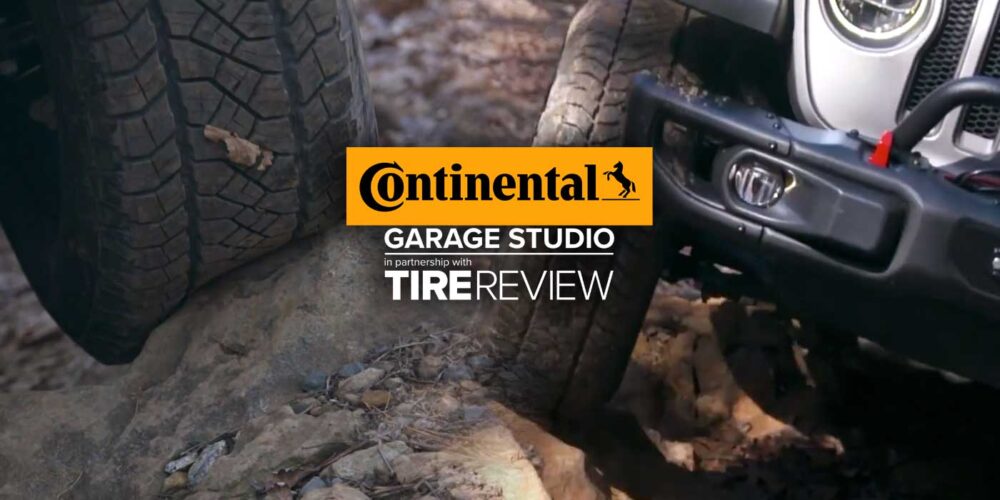Last week, we discussed the pros and cons financially of buying vs. leasing equipment. In this Tire Review Continental Tire Garage Studio video, let’s dig into some other aspects your shop should consider when looking to invest in a new piece of shop equipment.
Buying vs. leasing your shop equipment is a decision that varies by shop and should be heavily vetted by tire dealers. Aside from the financial side, another factor to consider is how long you might need a certain piece of equipment. How long will your business use it? Generally speaking, if the length of expected use is short, usually 36 months or less, leasing is likely the preferable option.
Equipment lifespan should be another consideration. Today’s tire changers and wheel balancers are built to last, and many equipment manufacturers recommend that it’s helpful to replace equipment every five to seven years to adjust to new tire and wheel trends, especially larger rim diameters.
But, equipment updates should be taken into consideration. Leasing offers you additional financial flexibility and can help you stay updated with the latest tools and equipment technology.
Sure, budgeting for future equipment is often cited as a best practice for your business, but things happen and sometimes that’s not in the cards.
Another solution to the “buy vs. lease” debate is to take advantage of equipment financing. Many equipment distributors offer equipment-financing options, as do local bankers and credit unions. There are also boutique financing firms that specialize in the tire and auto service sector that might be worth exploring.
Don’t forget to follow us on Instagram and Facebook and subscribe to our YouTube channel for more tire, service and shop operations videos.













